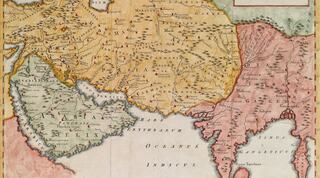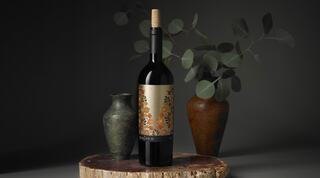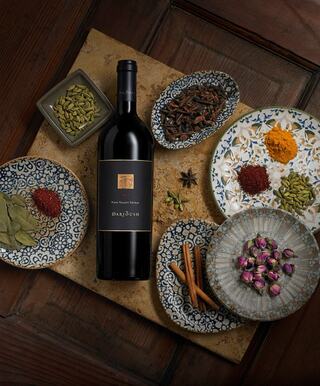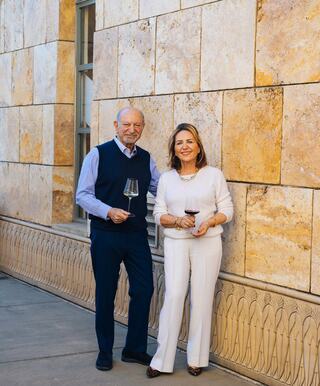
“My house is a lantern, the guest a candle.”
HalatUniquely shaped by a harmonious blending of traditions, our vision is rooted in taarof, the Persian art of gracious hospitality, and culminates in a worldly escape that transcends the comforts of home.

A Cultural Inheritance
Our story began centuries ago in the Zagros Mountains, where Persian communities brought winecraft to life as early as 5000 BCE. Hailing from the foothills of those mountains, our founder Darioush Khaledi grew up immersed in the ancestral winemaking culture of Shiraz, the fabled city of gardens and poetry. The Darioush legacy stems from this foundational intersection of viticulture, hospitality, cuisine, and art.

Inspired by his heritage and fueled by his entrepreneurial spirit, Darioush set out to California, where he and his wife, Shahpar, realized their dream of opening a boutique winery. The Khaledis ventured into the unexplored territory of the southern Napa Valley, selecting sites that span three distinct AVAs—high atop Mount Veeder, nestled in a pocket of Oak Knoll, and down in the maritime-influenced floor of the valley. In the years since, Darioush’s continued investment has empowered the craftsmanship of intriguing wines that delight guests known and new—a commitment that still guides us today.
Explore Our Vineyards
Discover singular wines infused with tradition and energized by modern technique. Our vineyard sites, our craftspeople, create wines that possess inherent personality. They are complex, poised, individual, courageous.
Explore WinesBring Your Senses to Life
From unexpected pairings and imaginative light bites to tastings that transport you in time and place, every experience at Darioush is designed to engage the senses. We invite you to join us and your fellow guests to celebrate the ties that bind—a love of wine and a true sense of community.

Meet Our Family
We believe truly unique wines reflect great vineyards, but also the character of the people behind them. From field to cellar, we cultivate passion and craft, fostering a culture of enduring tenure and boundless growth.




